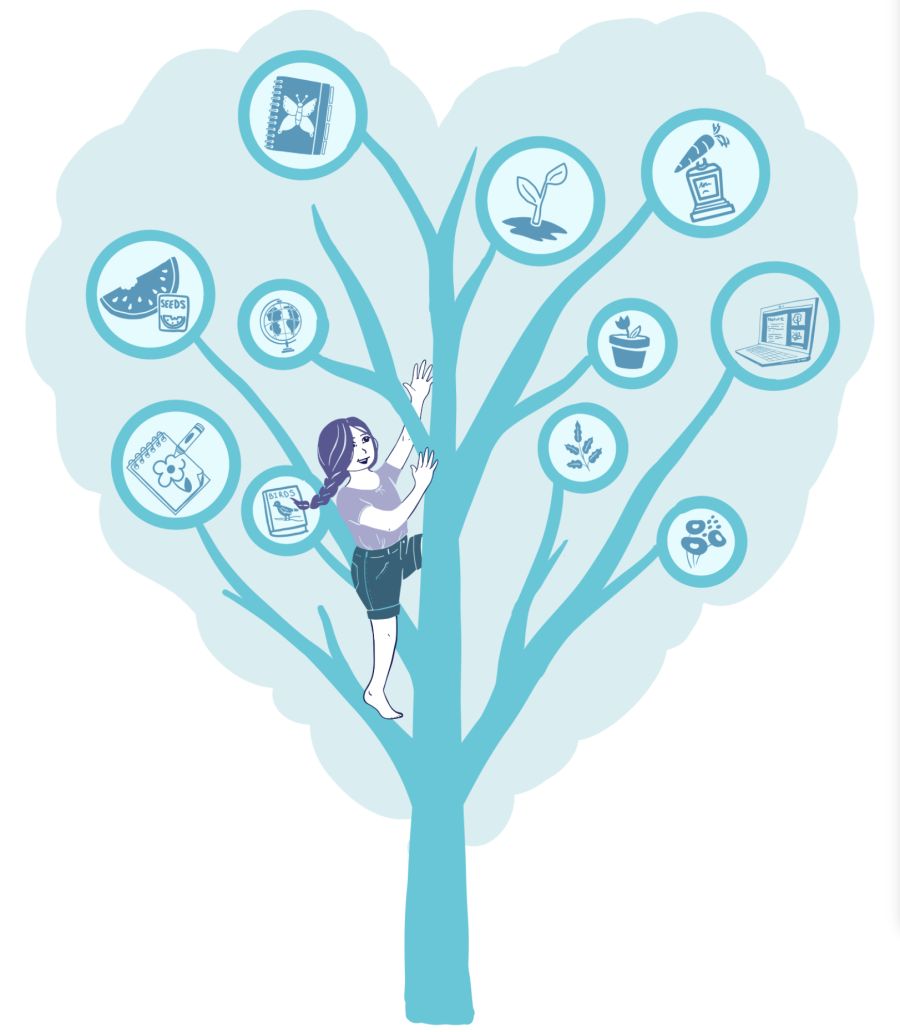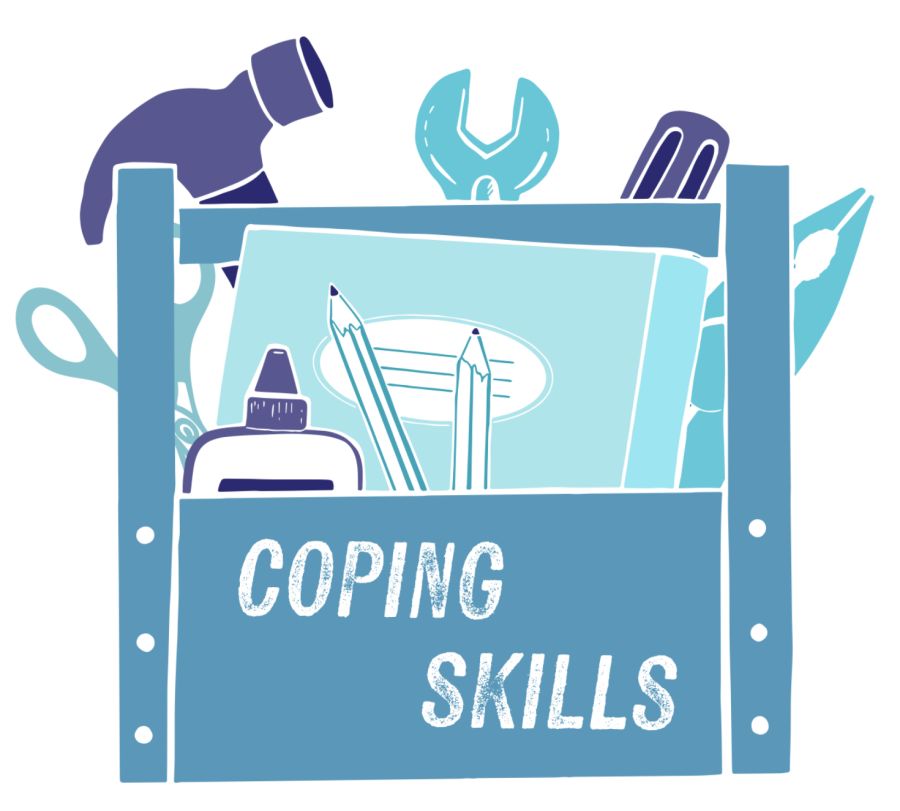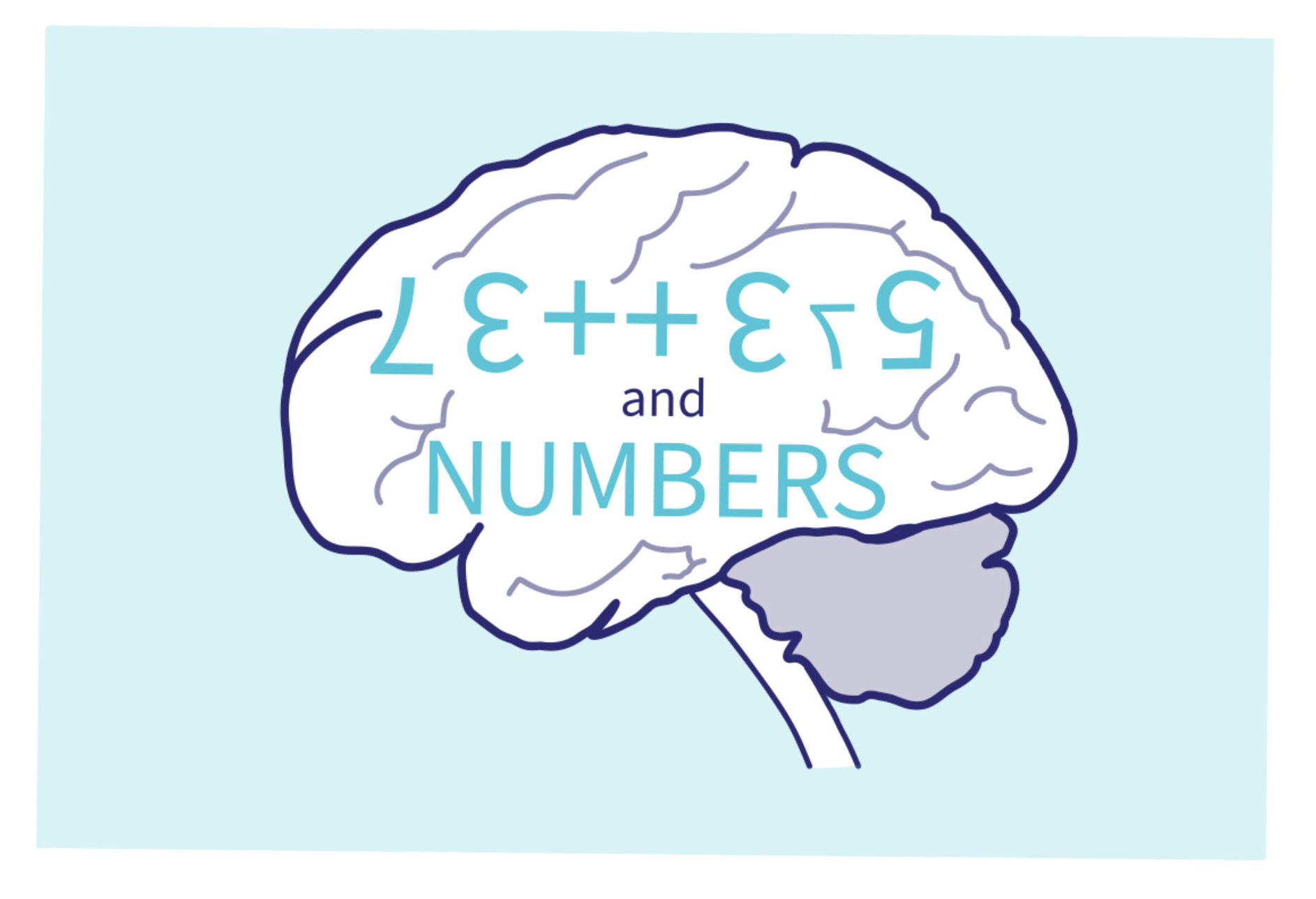Part 1: Numbers vs. Letters: How We Interpret Symbols
“MY573R135 0F 7H3 HUM4N BR41N”
Did you know that the brain interprets letters and numbers differently? Each has its own unique system it must go through in order for our brain to identify and attach a meaning to it. Which is surprising considering you were probably able to read the title of this blog just fine.
When we are reading words only the cognitive system that interprets letters is active. Since the brain does not expect to see anything other than letters, shapes, numbers or symbols that are not letters are then “read” as letters by our brains. This is especially true when the shapes, numbers or symbols are similar in appearance to the letter they are replacing. Like how a “5” looks like an “S”, or a “3” can be read as an “E”. That is why when you saw “MY573R135 0F 7H3 HUM4N BR41N” written in the title, your brain was able to read it as ‘MYSTERIES OF THE HUMAN BRAIN”. So how do we know that the brain interprets numbers and letters differently?
Thanks in part to a study done in 2010, Neuroscientists were able to confirm two things. First, that the brain does in fact interpret numbers and letters differently. Second, cognition and consciousness function independently of one another. Cognition refers to all of the cognitive processes that are involved in learning, remembering, and using knowledge. Consciousness refers to the brain's awareness of itself and the world. The study involved a man referred to as RFS, who lost his ability to interpret letters due to a disease called corticobasal syndrome, which kills off brain cells. Even though he could no longer “read” numbers, he was still about to do mental math and perform difficult mathematical equations when the numbers were written out.
In one of the tests, scientists showed RFS large numbers and letters with tiny drawings of faces embedded inside them. When viewing the letters with embedded faces, RFS reported seeing both. The scientists also recorded a characteristic brain wave that's strongly associated with seeing faces.
However, when shown numbers with embedded faces, RFS reported seeing neither; everything looked like spaghetti. Yet the scientistic still saw the characteristic brain wave for registering faces. Which meant, his brain was still processing and identifying a face—a fairly high-level skill—even though his conscious mind was oblivious.
If cognition and consciousness are separate functions, could this phenomenon revolutionize how we as a society see processing disorders, such as dyslexia, autism or ADHD. When a child has a difficult time interpreting letters or numbers they are often labeled as “slow” or “unintelligent”. But we have known for a while that it is possible for a child to have an above average IQ while simultaneously requiring additional help or special education services. Knowing that cognition and consciousness are separate functions forces us to rethink how we treat those with processing disorders. Their ability to know and use information is not a direct correlation to how quickly they process that information.
For information on the ways the brain understands symbols, read Part 2 of this blog: Numbers vs. Letters: Dyslexia, Dysgraphia & Dyscalculia
Annalyse Tanzos
Related Articles That Might
Interest You

Neurodivergent Special Interest

Coping Skill( CBT techniques and DBT techniques)

